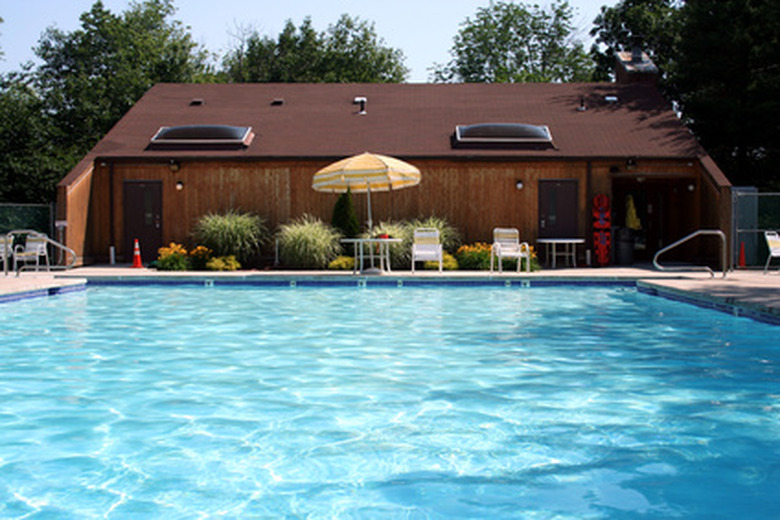How To Use Polaris Pool Cleaner
The Polaris pool cleaner is an automatic pool cleaner for above-ground and in-ground pools. The Polaris uses a custom pool return line and separate booster pump to operate. The Polaris consists of a bag, hose, and wheels attached to a plastic body. The Polaris moves along the bottom and sides of the pool to pick up debris. A Polaris pool cleaner drastically reduces maintenance time by eliminating the need to manually vacuum the pool and can be set to run automatically when the pool turns on.
Step 1
Firmly push the end of the Polaris hose into the Polaris pool return. Twist the end of the hose to lock it into place.
- The Polaris pool cleaner is an automatic pool cleaner for above-ground and in-ground pools.
- The Polaris uses a custom pool return line and separate booster pump to operate.
Step 2
Slip the Polaris bag down over the large nipple on the top of the Polaris. Secure it in place using the clips attached to the bag or the Velcro on the nipple, depending on your Polaris model.
Step 3
Hold the Polaris by the hose and gently place it into the water until it is fully submerged and sitting on the pool bottom.
Step 4
Turn on the pool equipment and then the Polaris booster pump.
Polaris Not Stay On The Bottom Of My Pool?
Polaris-brand automatic pool surface cleaners roll over most pool surfaces automatically, picking up leaves, dirt and other debris. The Polaris cleaner has a hose that connects to your pool's pump system, and it is powered off the pressure of pool water circulating through the plumbing lines and filter. It requires no electrical service or batteries in order to operate. Some of these problems can allow the cleaner to float to the top of the pool rather than staying against the surfaces it should be cleaning. A leaky hose, improperly positioned thrust jet, and damaged backup valves can all lead to trouble. To check for leaks, turn the system on and pull the hose out of the water one section at a time, looking for bubbles or trickles of water. This piece is the backup valve.
- Slip the Polaris bag down over the large nipple on the top of the Polaris.
- The Polaris cleaner has a hose that connects to your pool's pump system, and it is powered off the pressure of pool water circulating through the plumbing lines and filter.
Things Needed
- Polaris pool cleaner
- Polaris return line
- Polaris booster pump
Warning
Always run the Polaris booster pump when the pool is running. Never run it alone.
Tip
Untangle the Polaris hose prior to placing it into the pool water to avoid hang-ups.
